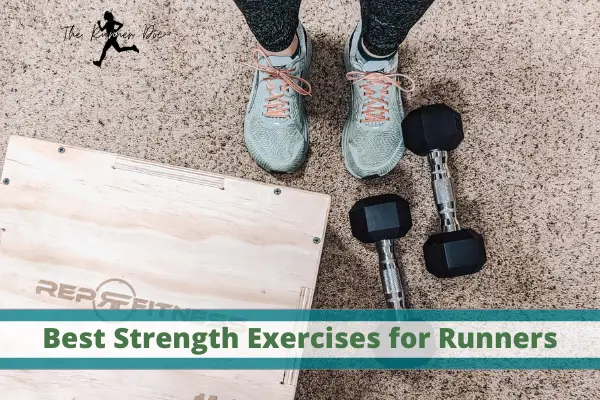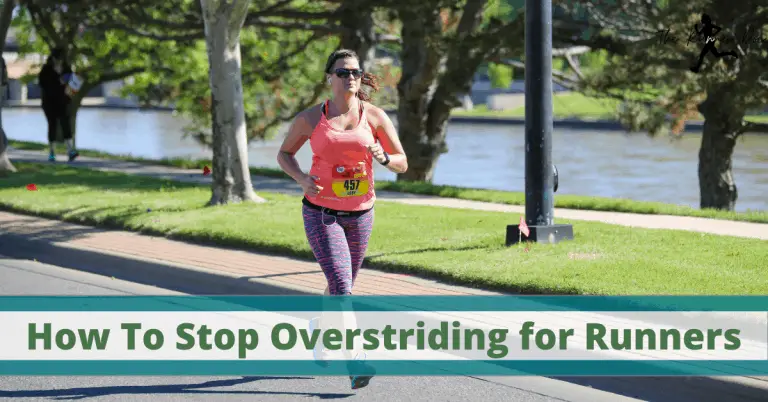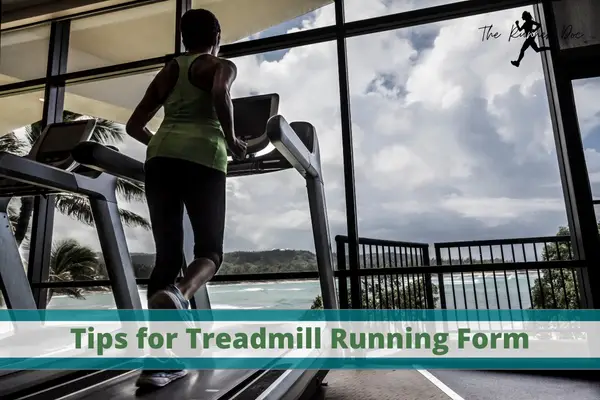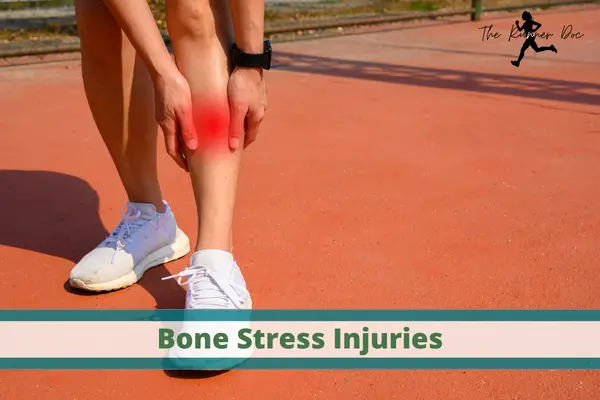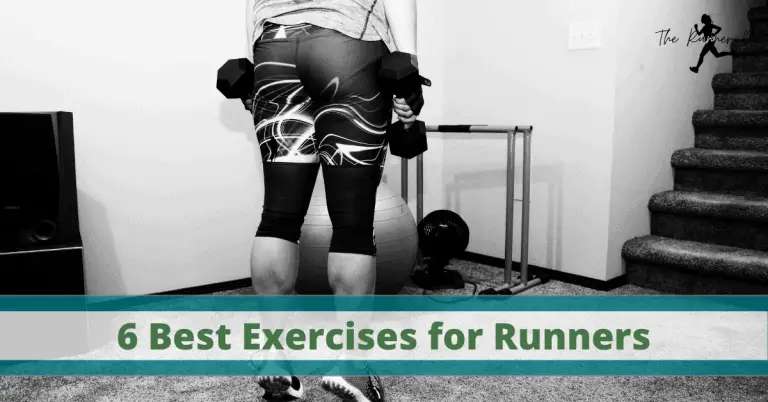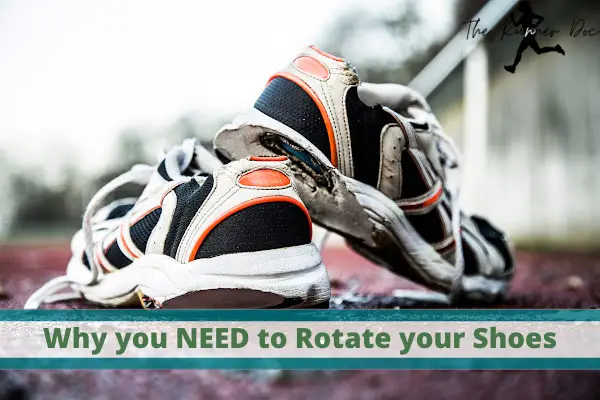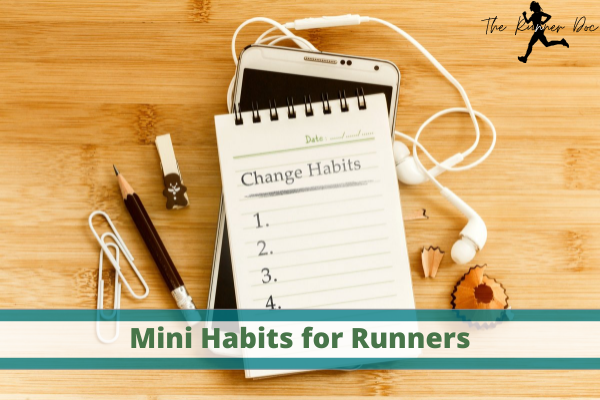Build a Running Machine: Most Important Muscles for Runners
Best Muscles to Strengthen to Run Better
We all want to be as strong and fast as we can be as runners. We want to build the ultimate running machine in our body and I’m here to tell you what the most important muscles for runners are.
While having a well-balanced body will give you the best results and a long HEALTHY running career. There are some muscle groups that tend to get neglected in runners that really will make a huge difference in your form and running performance!
What are the Most Important Muscle Groups for Runners
For runners, the key to success is in your muscles. The right ones will help you run faster and farther, while muscle imbalances result in poor mechanics and injuries. Here are some of the most important muscle groups for runners.
There are many different muscles in the body, and all of them are important for runners. However, there are some muscle groups that are more critical than others, and neglecting these muscles can have a negative impact on your running performance.
The main muscle groups used in running are the glutes, the quads, and hip flexors, the hamstrings, the calf muscles, and the muscles of the core region.
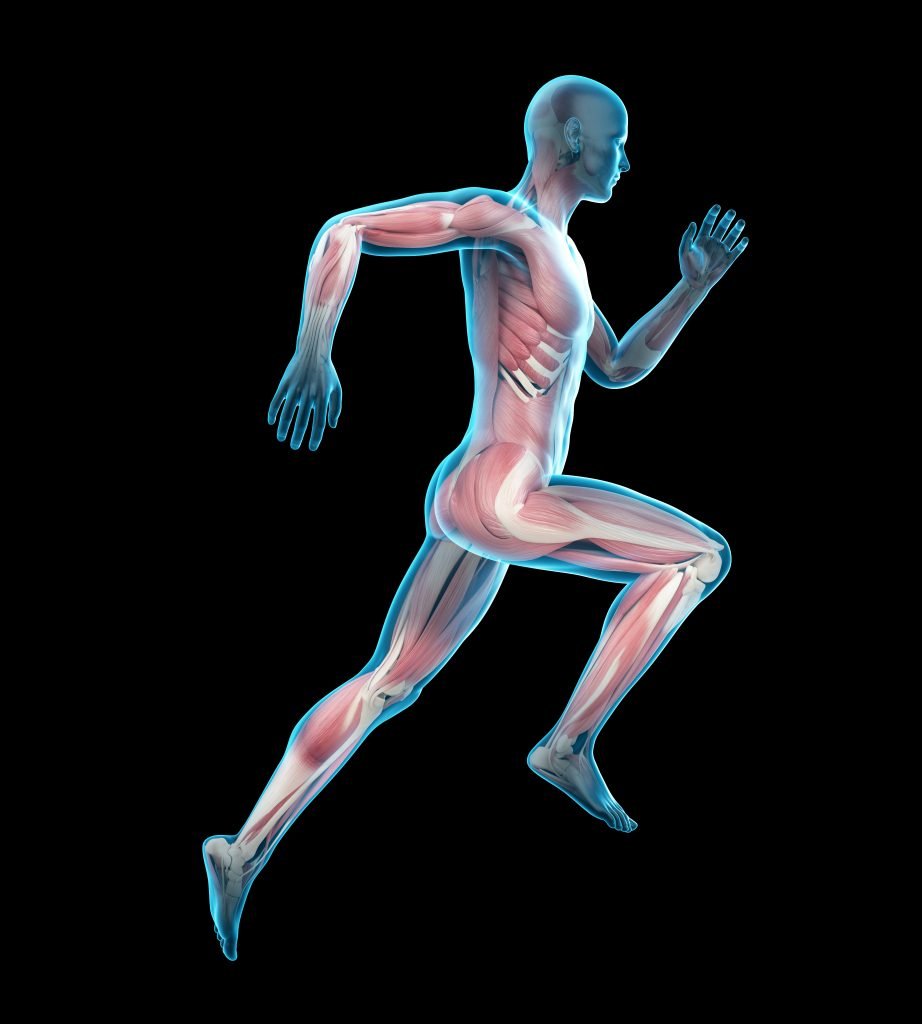
The glutes are responsible for powering your stride, and strong glutes can help you run faster and longer.
The quads are responsible for pushing you forward and helping you maintain good running form.
Hip flexors help with stride length and speed, while hamstrings help to keep you centered and slow down your leg prior to contact.
Finally, calf muscles provide power during the push-off phase of running.
Strengthening the Glutes in Runners
If you want to be a great runner, you need to make sure that your glutes are strong. The glutes are the powerhouse muscles for running, and they are responsible for powering your stride. The glutes are part of the group of muscles known as the Posterior Chain. The main driver in your posterior chain is the gluteus Maximus or your butt muscle. The glute max initiates hip extension, which contrary to common belief is the main motion of running.
The glute minimus and medius also are important in this group of muscles to help stabilize your hips during running. This will help keep your knees from knocking in and also with ankle stability! Instead of focusing on exercises specifically for these muscles, we are going to do single-leg activities that engage them similarly to the way that running does.
The two exercises that I would recommend all runners be doing to strengthen the glutes are the single-leg deadlift and single-leg bridge.
The Single leg deadlift will help strengthen the glutes and also the hamstrings. It is a great exercise to develop balance and stability throughout your posterior chain muscles.
The single-leg bridge is also a glute max strengthening exercise as well as the hamstrings. If you want to give preferential treatment to the glute max in this exercise then flex your knee more. According to Lehecka et al by flexing the knee to 135 degrees instead of stopping at 90 there is a greater gluteal activation while minimizing hamstring recruitment.
Hamstring Strength for a Runner’s Body
The hamstring muscles are also a major component of the posterior chain. They are the muscles on the back of the thigh. Their main roles are to extend the hips and flex the knees.
As with the glutes increasing hamstring strength will make you a better and more efficient runner. We often see that the hamstrings are weak in comparison to the quads, which is their opposing muscle group. Weakness such as this can affect the muscle balance at the hips and knees which results in potential injuries.
Two exercises to add to your routine (or alternate between) would be the swiss ball hamstring curl and straight leg deadlifts. The single-leg deadlift is also great for the hamstrings!
Strong Hip Flexor and Quad Muscles for Runners
As I have previously stated, runners are usually fairly quad dominant and require little extra work in this area. However, we want to make sure we are balancing the muscles and creating a well-rounded strength program. Plus, there are always exceptions and some runners might be a little weaker in this area!
The quadriceps make up the bulk of the front of your thigh. Their job along with the other hip flexors is to straighten the knee and flex the hip. If you frequently feel like the front of your hip is tight and stretching isn’t helping, it usually means you need more strength in that area.
Strong Calves for Running Better
Calves get worked hard during runs. No matter how you run or what surface you are on the calves take a bit of a beating. There is very little like the repetitive loading of running to prepare the calves for these demands.
However, if you feel like your calves are tight all the time there are some exercises that help out with overall calf strength to make you a more resilient runner. The role of the calves is to plantarflex or point the toes down.
You can find more information here on strengthening your calves. But if there is one exercise to do it would be a heel raise with a tennis ball between your heels.
Abdominal and Core Strength For Runners
I don’t like to think of the core as only the abdominals. The core, in my professional opinion, is the group of muscles that stabilize the rest of your body. In my book, the core consists of any muscle that influences pelvic, hip, and lumbar spine position during movement. These can include the glutes, low back muscles, abdominals, and other hip musculature.
When we are running we need a strong stable base (core) to keep things in perfect harmony. This will help us to run faster, safer, and more efficiently which is always the goal for running!
Without core strength, we see an increase in compensatory movements which can cause injury over time.
Keeping with the theme of two exercises that I would pick to add to a complete strength program, I would suggest the reverse plank and dead bug exercises.
reverse plank video
A Strong Upper Body for Runners
Runners tend to neglect the upper body. I have heard time and time again that they don’t need to strengthen their arms because they don’t use them like their legs in running. I’ve got news….not true!! The best example of how upper body strength plays into running is with your arm swing.
When swinging your arms think of your forearms as being a saw, yes like to cut a tree. Your arms should be moving forward and backward in a straight line. However, if you don’t have good upper body strength and endurance your form will start to fail. A common form of failure that is easily identifiable is your arms crossing the midline of your body. Your shoulders start to round forward and instead of a nice straight line, your arms start swinging across the front of your body. Not the most efficient energy transfer!
The two primary upper body exercises that I would recommend for runners are push-ups and inverted rows. Adding both of these into your routine will hit the push and pull muscles as well as stabilize the core.
Final Thoughts on Best Exercises for Runners
In order to be a better and more efficient runner, it is important to focus on strengthening the hamstrings, glutes, quads, calves, core muscles, and upper body.
Having a balanced muscle ratio and knowing the best strength exercises to achieve this ultimate runner’s body can be daunting. However, by adding in a few exercises that are mostly bodyweight, you can build an efficient and powerful running body.
These muscle groups are what will help you to stay grounded, reduce your chances of injury, and promote better running mechanics.
There are no miracle exercises that I can recommend for runners. However, adding in these key movements will go a long way towards making you stronger and faster!
– – – Ad – – –
Have you been struggling to get a strength training program scheduled to go with all your running? Do you know that you need to strengthen in order to prevent injury as well as improve your times?
Check out my Run Strong Program.
A strength program designed by a Physical Therapist specifically for runners. It is customizable and repeatable to use over and over again and continue to see progress!
The phases of the program are periodized to match and complement any running training program from short distances to marathons and beyond!
The best part? You get lifetime access to it for only $30.
The only remaining question is….what are you waiting for?! Help yourself become the best and strongest runner you can by adding in strength training today!
– – – End of Ad – – –
Related Articles to Strength Training for Runners
- How Does Cross-Training Prevent Injuries in Runners?
- Tips To Fix Flat Feet in Runners
- How to Run Faster by Improving Running Cadence
AFFILIATE DISCLOSURE
As an Amazon Associate, I earn from qualifying purchases. This post may contain affiliate links. If you use these links to buy something we may earn a commission. The Site may contain links to affiliate websites, and we receive an affiliate commission for any purchases made by you on the affiliate website using such links.
All information should be used as a tool for more knowledge on the subject topic, to use as references for later articles where applicable, or just to keep it in mind during future exercise routines or activities.
This article is not meant to give medical advice or to replace professional health care. Should any ailment occur please contact your doctor or physical therapist immediately to keep yourself safe and prevent further damage.
The author is not liable for any personal or commercial damage directly or indirectly related to the content hereof. You are responsible for adhering to local laws and regulations regarding health & safety, including proper use of equipment or safety gear, and compliance with governing healthcare associations, and state, and federal regulations.
Best Exercises for Strong Runners to Prevent Injury
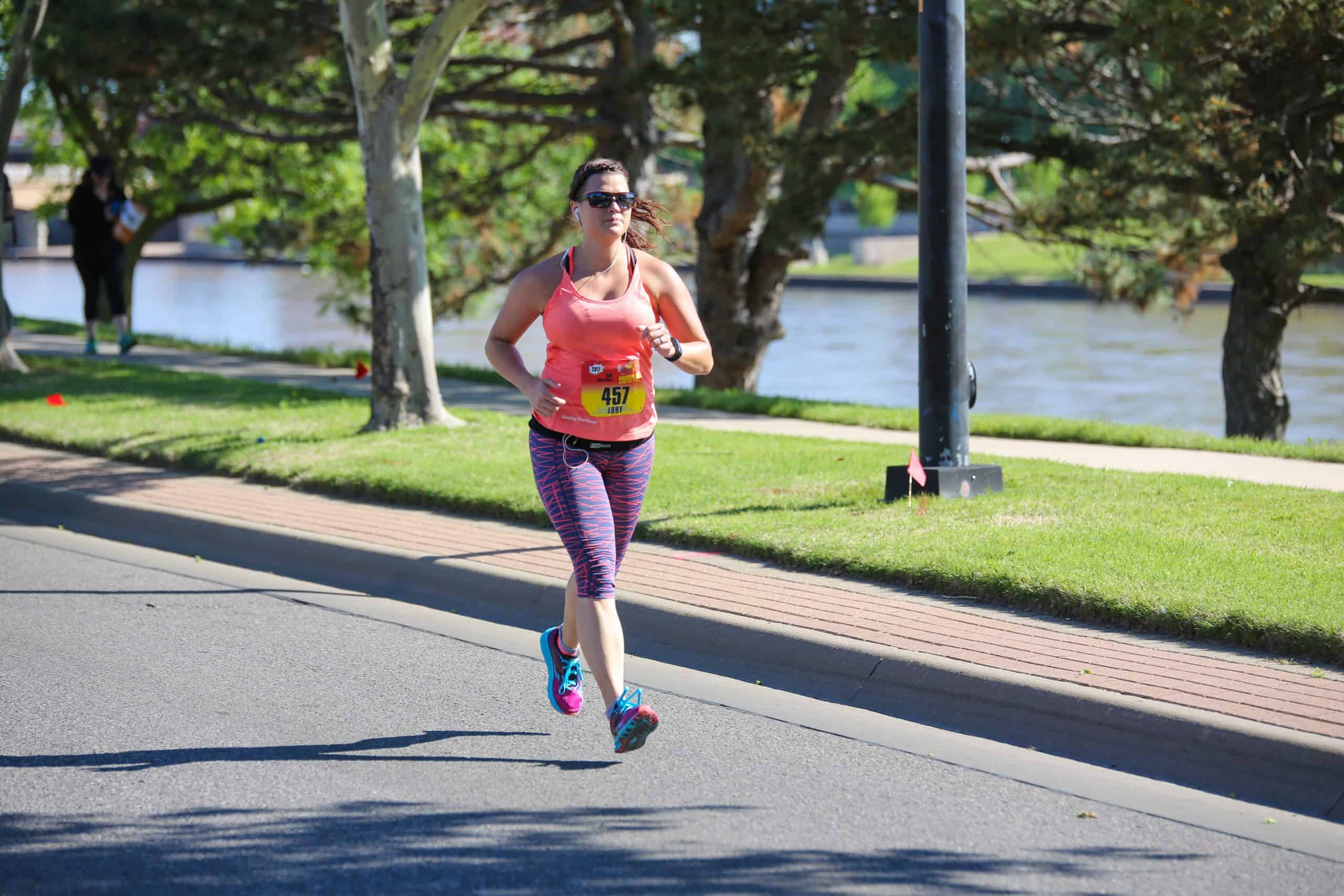
Dr. Abby Siler, PT, DPT is a Physical Therapist with 10 years of experience in a variety of settings. She has spent the majority of her time treating athletes in orthopedic clinics and worker’s compensation cases. She is a runner herself for the past 15 years and a lifelong athlete. Dr. Abby loves to teach runners how to stay injury free and out of her clinic.

